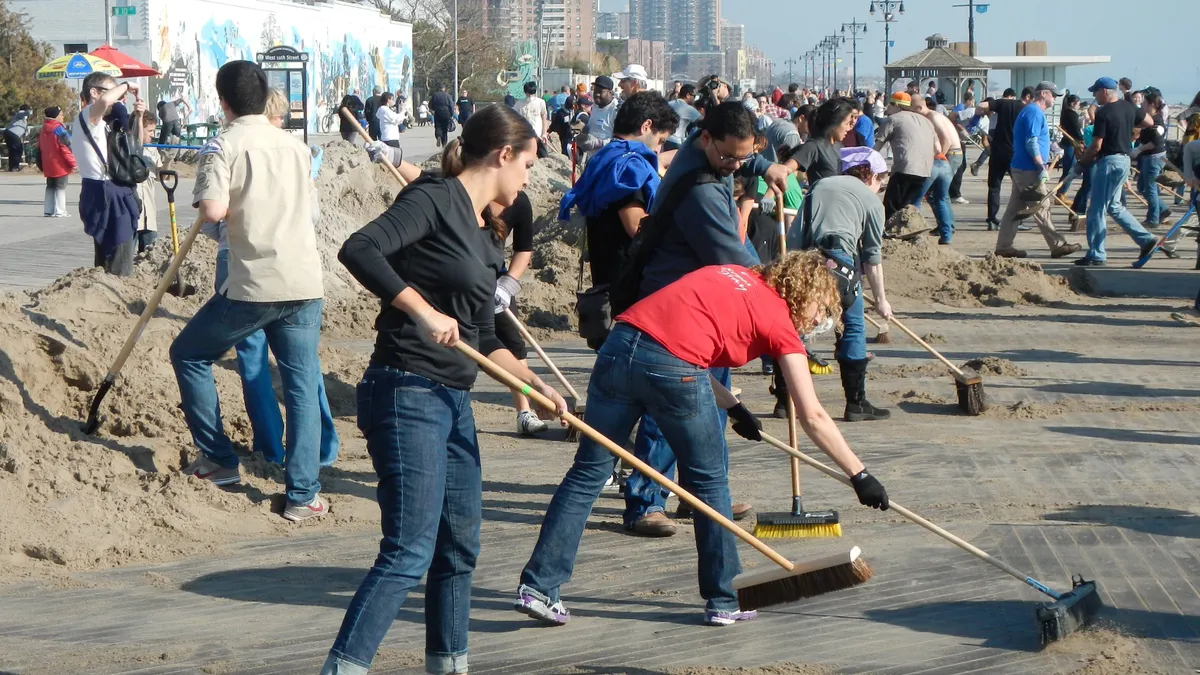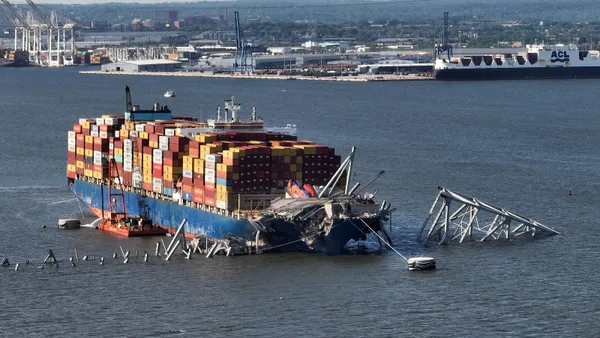Dive Brief:
- Cities of Service announced that 10 cities will receive $25,000 each to support projects that will clean up blight and revitalize low-income neighborhoods as part of the Love Your Block competition.
- The funding can go to small grants or to directly support community groups working on neighborhood restoration. The program has been running since 2009, but the latest round of funding was targeted at formerly industrial cities dealing with population loss.
- The cities chosen were: Buffalo, NY; Gary, IN; Hamilton, OH; Hartford, CT; Huntington, WV; Lancaster, PA; Milwaukee; Newark, NJ; Richmond, VA; and South Bend, IN.
Dive Insight:
With projects including community gardens, graffiti cleanup and helping elderly citizens with home repairs, Love Your Block takes a distinctly localized approach to its goal of revitalizing cities. The grants are designed to activate volunteers and community groups, and Cities of Service says that for any cleanup to be successful, "the initiative must be led by the city." To that end, the group says one criteria for selection was the "clarity of vision for their proposed projects."
Since 2009, the program has been responsible for cleaning up 480,000 pounds of trash, clearing nearly 600 lots and adding more than 180 new art displays, according to the organizers. A February study from the Urban Institute commission by Cities of Service found that not only did the projects create more cooperation in the neighborhood, but acted as "important catalysts for collective action by neighborhood residents" and city leaders. The winning cities will also get technical assistance for two years to help grow programs that can engage the community, and two AmeriCorps VISTA officials will work in each recipient’s city hall to build up the programs.
Beyond the social impact, cleaning up blight and creating more attractive spaces is believed to positively impact residents’ lives and raise the value of neighborhoods. A survey by the Knight Foundation Soul of the Community Initiative found that across 43 cities, "social offerings, openness and welcome-ness" and "aesthetics" were more important to residents than education and safety as a "driver of attachment" to a city.










